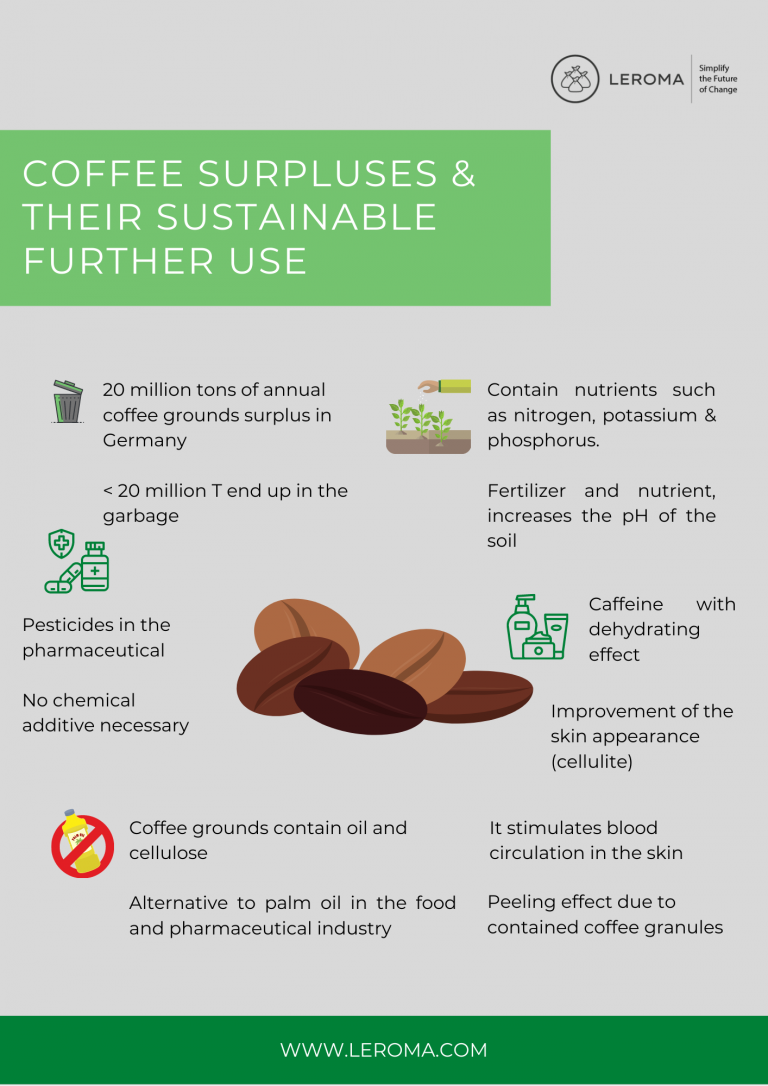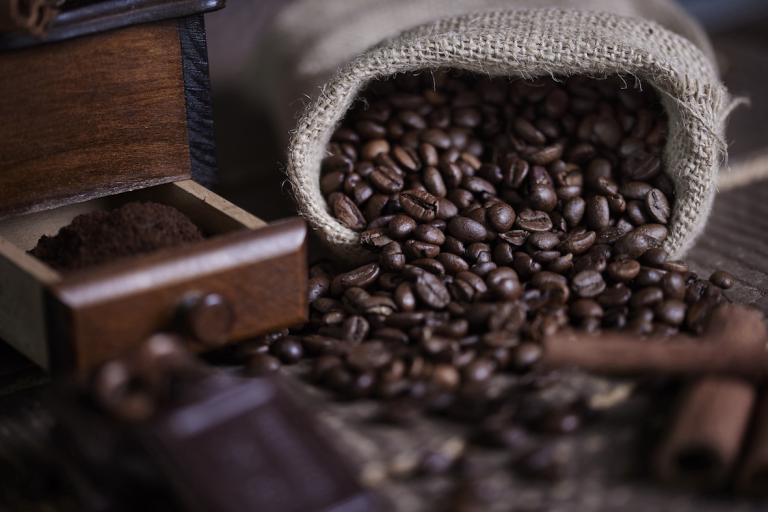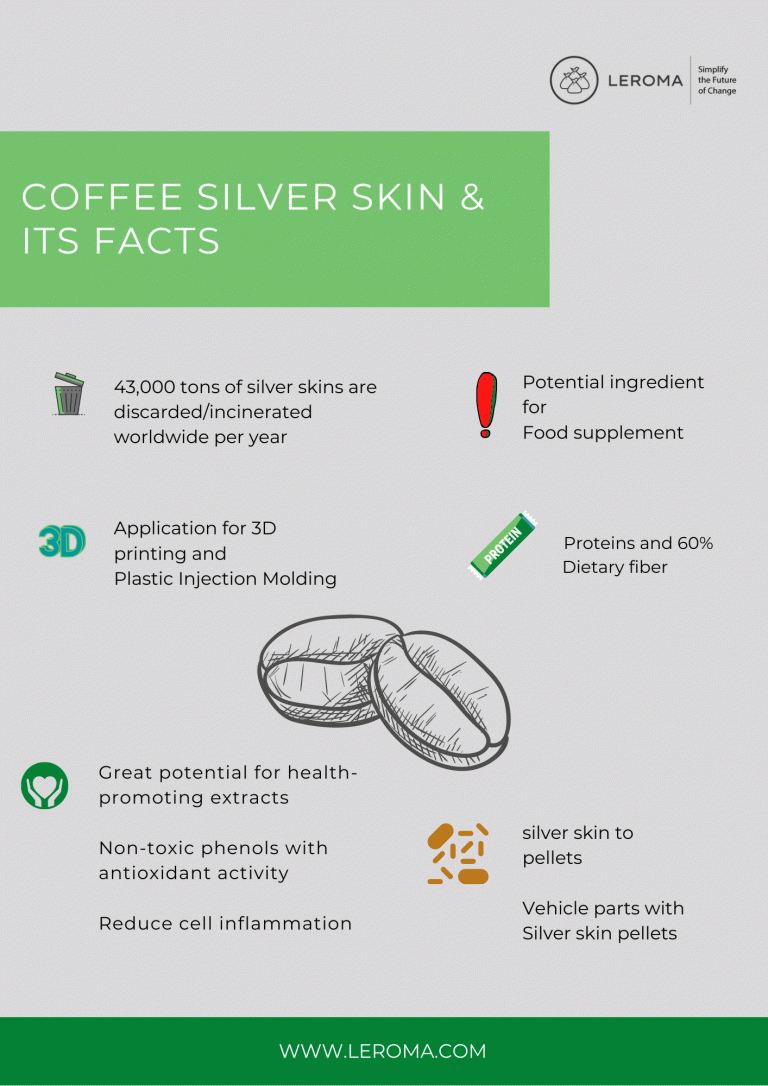More than 20 million tons of coffee grounds are leftovers in Germany every year, and the majority still ends up in the trash. This is despite the fact that there are countless opportunities to process it into valuable products. Coffee roasters, restaurants and cafés in particular waste large quantities of this by-product, which could be passed on to alternative industries.
Coffee grounds are often used to enrich fertilizers and growing media because of the many nutrients they contain, such as nitrogen, potassium and phosphorus. It increases the pH value of the soil and is therefore particularly suitable for acid-loving plants. In addition, coffee grounds can be used in the pharmaceutical industry as a pesticide without chemical additives, because they are toxic to many snails and their smell neutralizes the tracks that ants lay for orientation.
The use of coffee grounds also offers many possibilities in the cosmetics industry. The containing caffeine has a dehydrating effect that removes excess fluid from adipocytes (fat cells) and thus improves the appearance of the skin, for example in the form of cellulite creams. In addition, caffeine stimulates blood circulation in the skin, which is why coffee grounds are good in eye creams against dark circles and puffiness, as well as natural soap, among other things. It is also suitable for cellulite, facial and lip peelings. The peeling effect comes from the coffee granules it contains. Thus, peelings made from coffee grounds have an advantage over conventional products because the rough consistency has a natural origin and is not produced by artificial additives such as microplastics. In addition, the production is simple and inexpensive, because the coffee grounds are usually only mixed with a little sugar and oil. The coffee grounds can also be processed with a bit of water to make hair conditioners, which, due to the caffeine they contain, strengthen the hair, let it shine and push for growth.
In addition to the positive properties of coffee grounds, the smell of coffee, which is inherent in all products, is also attractive to numerous consumers. Coffee grounds have a strong aroma and are therefore just as suitable as fresh coffee powder as an odor neutralizer.

In addition to nutrients and caffeine, coffee grounds also contain oil and cellulose. The oil can be extracted and used in the food and pharmaceutical industries as an alternative to palm oil, among other things, as it largely contains the same components. The cellulose it contains makes coffee grounds a suitable additive in paper production. The cleaning industry can also use it as an additive for ecological cleaning agents such as scouring milk, as coffee grounds dissolve stubborn deposits when combined with hot water. It can also be used in the production of paint or as a coloring agent. Furthermore, fuel has already been made from coffee grounds, wood-like blocks that emit an aromatic scent when burned. For this purpose, the coffee grounds are combined with sawdust, for example. However, the residual product can also be dried and used directly as fuel without being processed further. There are also shoes made from coffee grounds and recycled plastic that are waterproof and odor-resistant, and a German company has been selling mugs and cups made from coffee grounds, oils, cellulose fibers and recycled wood chips for years, the latter creating a marbled surface.
The range of possible uses seems almost infinite. The coffee grounds and the coffee silver skins can even be mixed together and be used for example, as a breeding ground for growing edible mushrooms.
The opportunities highlighted for the use of coffee byproducts illustrate the impact that cross-sector collaboration can have. It is the vision of Marina, the founder of LEROMA, that passing on raw materials, surpluses and residues becomes an everyday practice and that together we create a sustainable circular economy. With the surplus exchange, we provide you with an important tool. It offers a great opportunity to find potential customers for your leftovers!
Let’s simplify the future of change!




